Getting better: improving energy efficiency

The evidence is there: the energy efficiency of appliances is improving all the time.
The energy rating labels you see displayed on fridges and televisions when you’re out shopping for your next big purchase feel like part of the furniture now: that’s because they’ve been around for over 20 years. The driver behind it all is the Energy Efficiency (Energy Using Products) Regulations 2002.
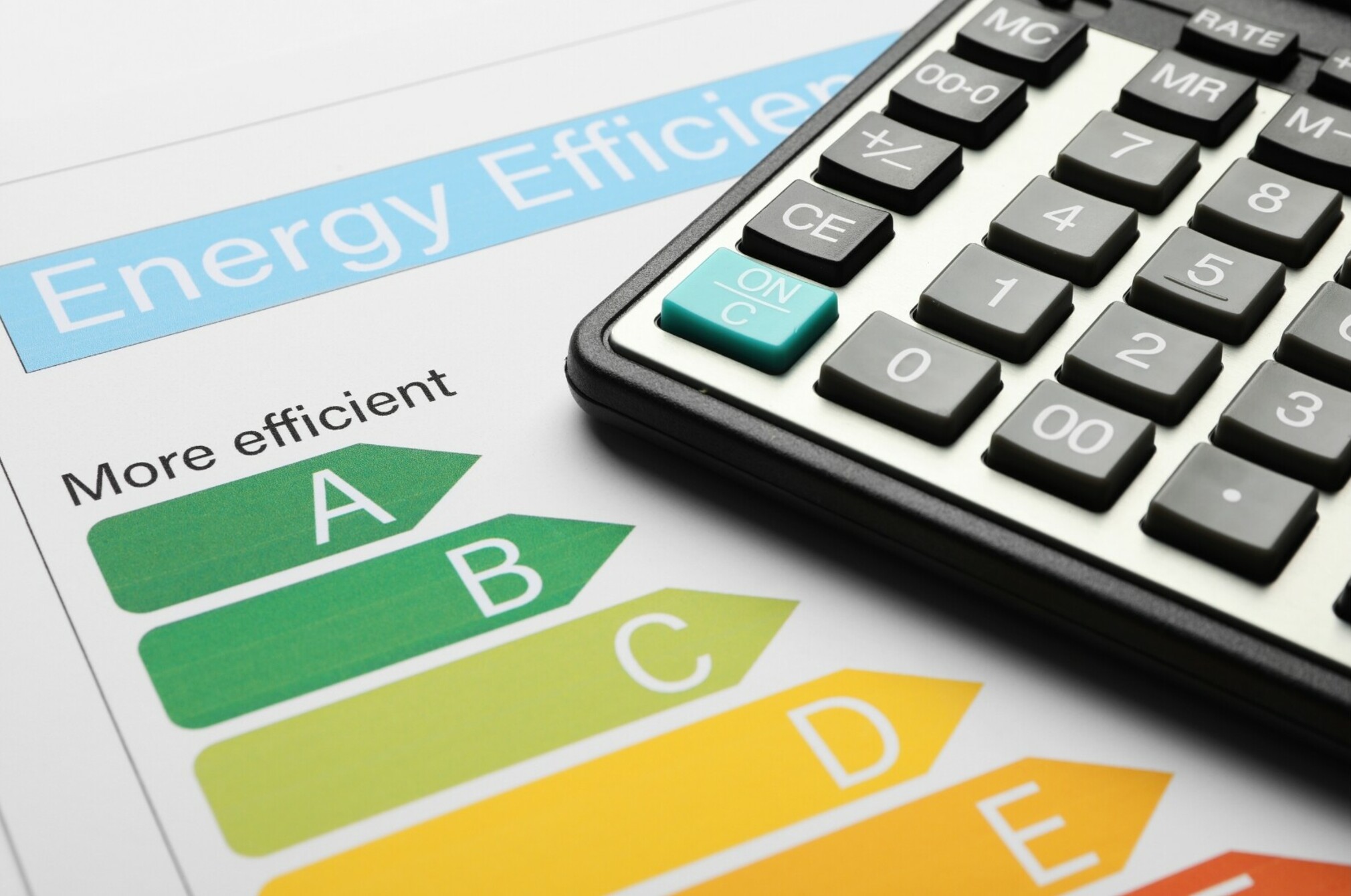
As a consumer, you don’t really need to know about the history of or think too deeply about the teams of people working to uphold these regulations at the Energy Efficiency and Conservation Authority (EECA). But what you should know is that this single piece of legislation has driven innovation and saved you money every time you’ve used the products that fall under its remit –the kinds of products you interact with daily but probably don’t give too much thought to.
These include:
Washing machines
Dishwashers
Televisions
Heat pumps
Computer monitors
Clothes dryers
Fridge-freezers and stand-alone fridges and freezers.
We’ve taken a bit of a closer look at these products to see how things have improved over the years.
Washing machines
Washing machines use 147kWh less today than they did back at their peak energy consumption period in 2008. That’s an annual saving of roughly $38 to the average household right there. This calculation assumes you are doing warm washes too. You could save even more if you switched to cold washes.
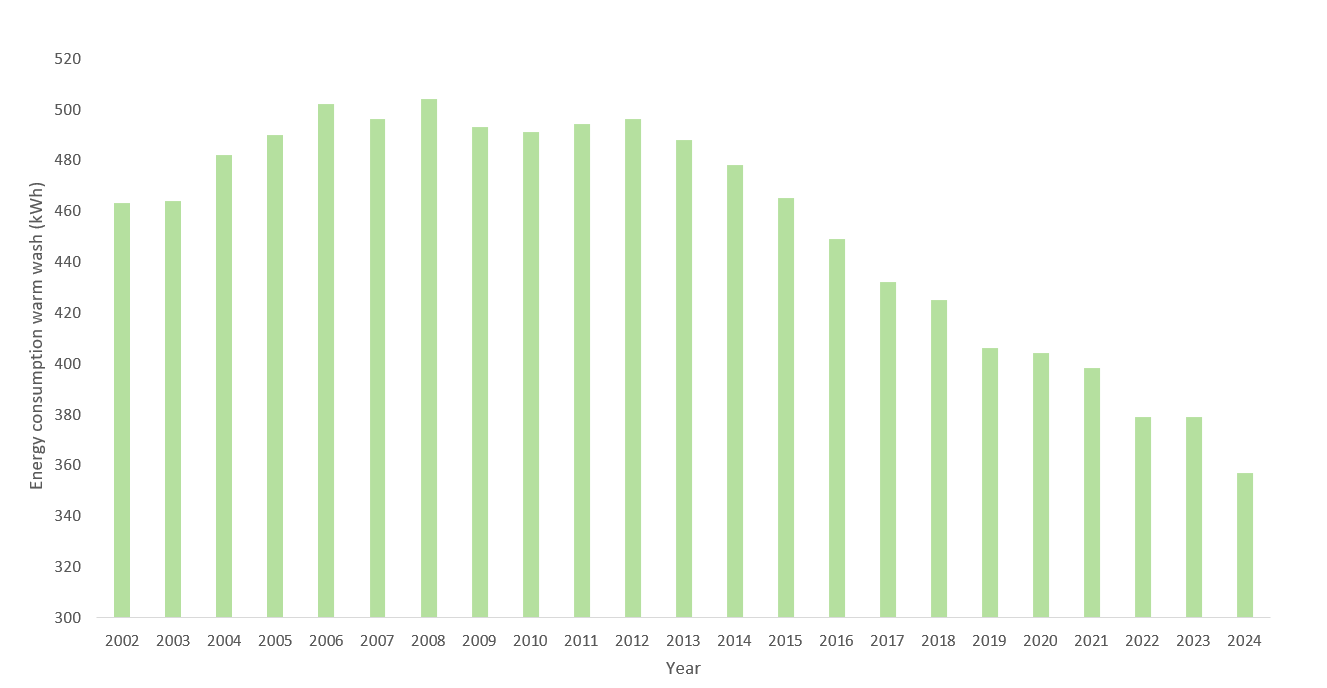
The type of machine New Zealanders are buying is changing as well. In 2002, the majority (97%) of machines sold nationally were top loaders. Now, the front loader is the predominant type. Not only do front loaders use less energy, but they also use less water, wash better and are gentler on clothes.
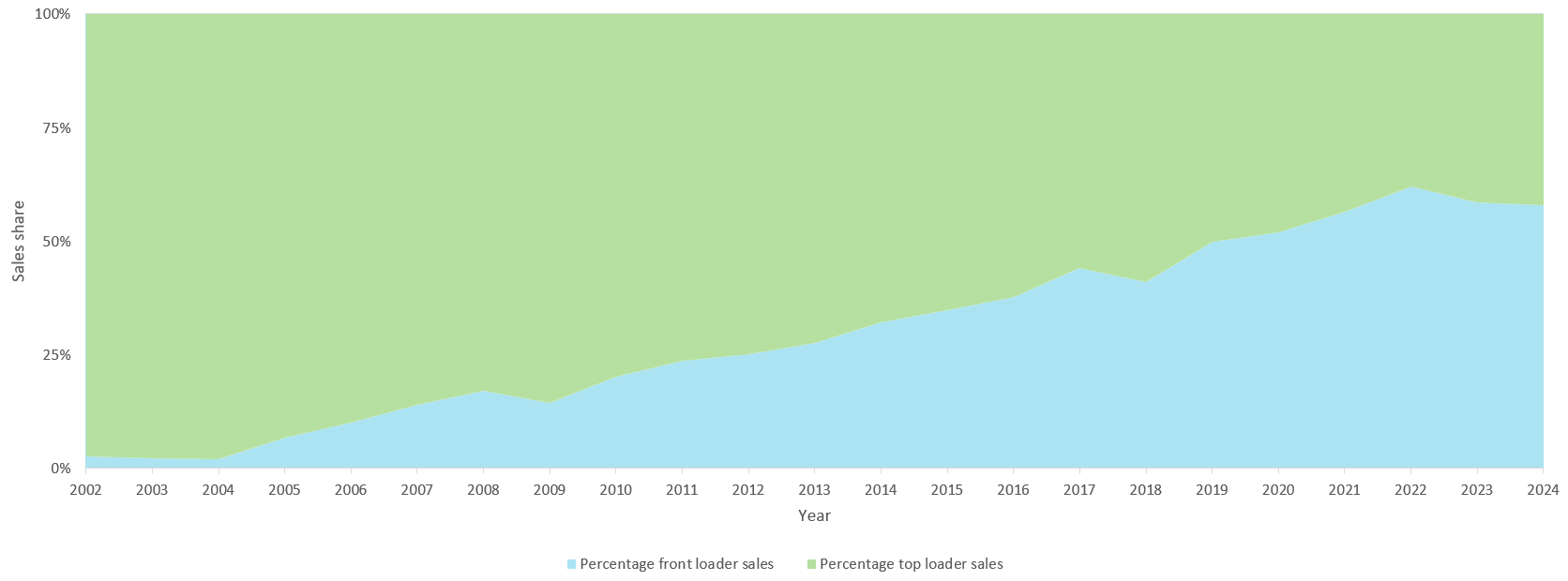
Dishwashers
Efficiency improved steadily until 2018, when we appeared to hit a peak, at least for dishwashers. Still, it’s a sizeable improvement on the inefficient early 2000s, with an annual energy saving of around 130kWh, or $34.
Annual sales of dishwashers are also trending up. In consumers’ eyes, they were still more of a luxury kitchen appliance in 2002, with under 55,000 sold that year. Now, they’re almost a necessity in our busy lives, with annual sales averaging over 130,000 from 2021 onwards. At first glance, that sounds bad for overall energy usage across the country, but our testing has shown that a dishwasher is more efficient than hand washing, so it’s still a win for the power grid – and our bank accounts.
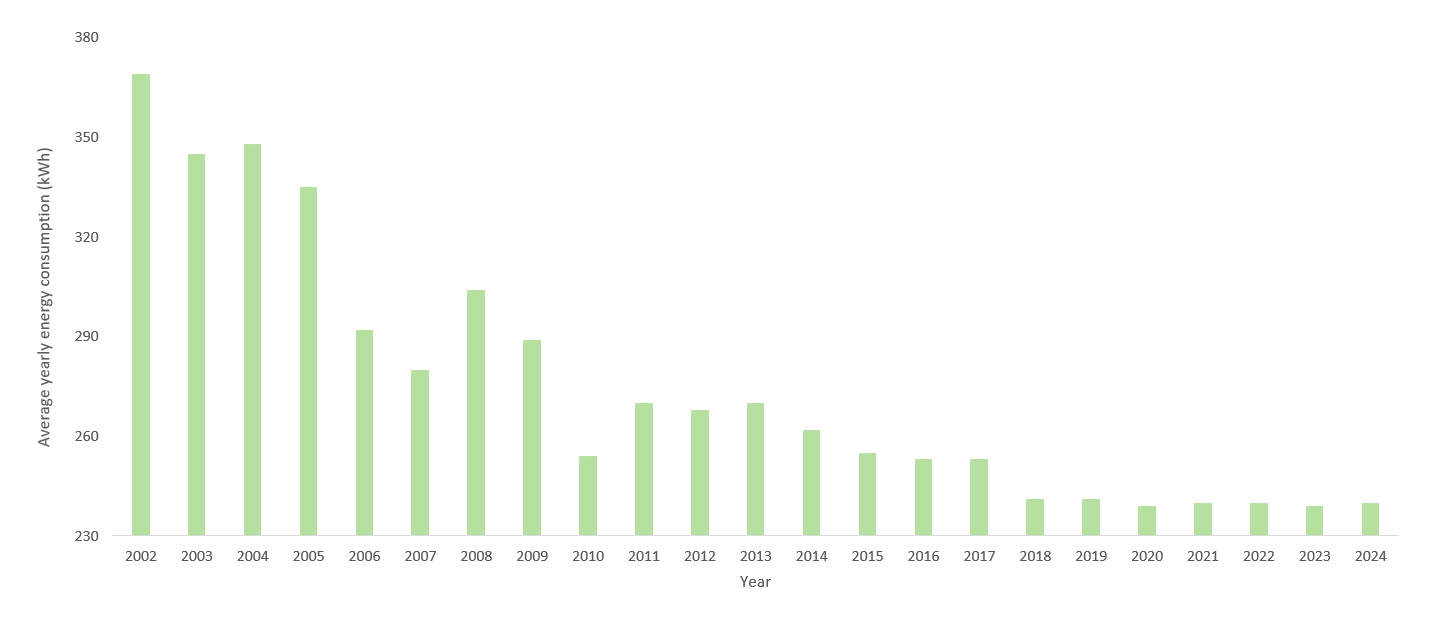
TVs are using more power
Not everything is a happy story when it comes to energy efficiency however. Despite technological improvements with the jump from plasma to LCD, then LED technology leading to efficiency gains, our hunger for bigger and bigger tellies has caused power usage to surge.

The average-sized television sold in 2013 was 37.9 inches, compared with 49.7 inches last year. This has direct link to energy consumption. It’s plain to see when you work out the overall dimensions of two popular screen sizes. Comparing a 55-inch with a 65-inch TV equates to a near 38% total increase in screen area.
When you go shopping for your next gogglebox, be sure to check the energy rating label. Then ask yourself, “Do I really need to upsize to a 65-inch TV?” I would always argue yes! So, I’m obviously part of the problem.
Heat pumps
Sales have really taken off for heat pumps. Back in 2004, just 38,538 heat pumps were sold across the country. From 2021 onwards, well over 200,000 units were sold annually.
Heat pumps are a well-established part of our homes and the go-to option for fixed heating because we’ve all known for a long time just how efficient they are.
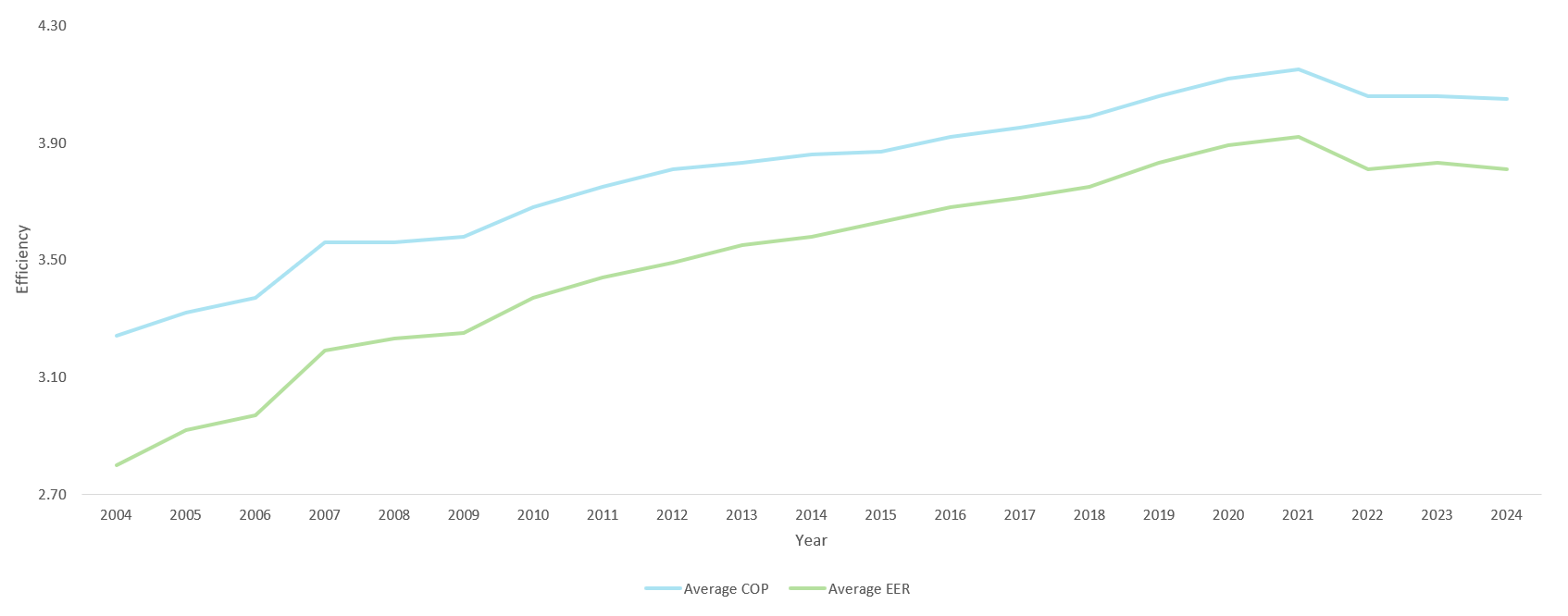
The good news is that heat-pump efficiency has improved over time. This is in terms of both heating efficiency, as measured by the coefficient of performance (COP), and cooling, measured through the energy efficiency ratio (EER).
Since 2021, heat-pump efficiencies look like they’ve levelled off. That coincides with the year when EECA started including portable air conditioners in their data, which could go some way towards explaining the plateau.
Computer screens
Computer monitors are given a hammering, mainly by businesses, but increasingly also by individuals working from home. When you think about it, they might be switched on for more than 10 hours a day as you tap away at the keyboard (or surf the net!).

The annual energy consumption of computer monitors has dropped, although it’s nothing to really crow about – a mere 6kWh less today than in 2014. Luckily, computer monitors don’t actually use a lot of power to begin with, the average being 79kWh annually last year. Still, that’d be an extra $20 to your power bill if you were buying one for the first time – so definitely check out the rating label before purchase.
Clothes dryers
Clothes dryers have changed a lot over the last 20-odd years. The first innovation since the much-loved vented dryer came in the form of condenser dryers. They are slightly more efficient than vented dryers but aren’t perfect. Their energy efficiency is good at smaller capacities (under 4kg) but comes unstuck as the dryer gets bigger. It’s just a limitation of the technology.
Next came heat pump dryers, which are miles more efficient. Initially, they were prohibitively expensive, but they’re dropping in price now.
The trendline on energy consumption starts falling from 2017/2018 onwards. That’s directly linked to more and more New Zealanders purchasing heat-pump dryers.
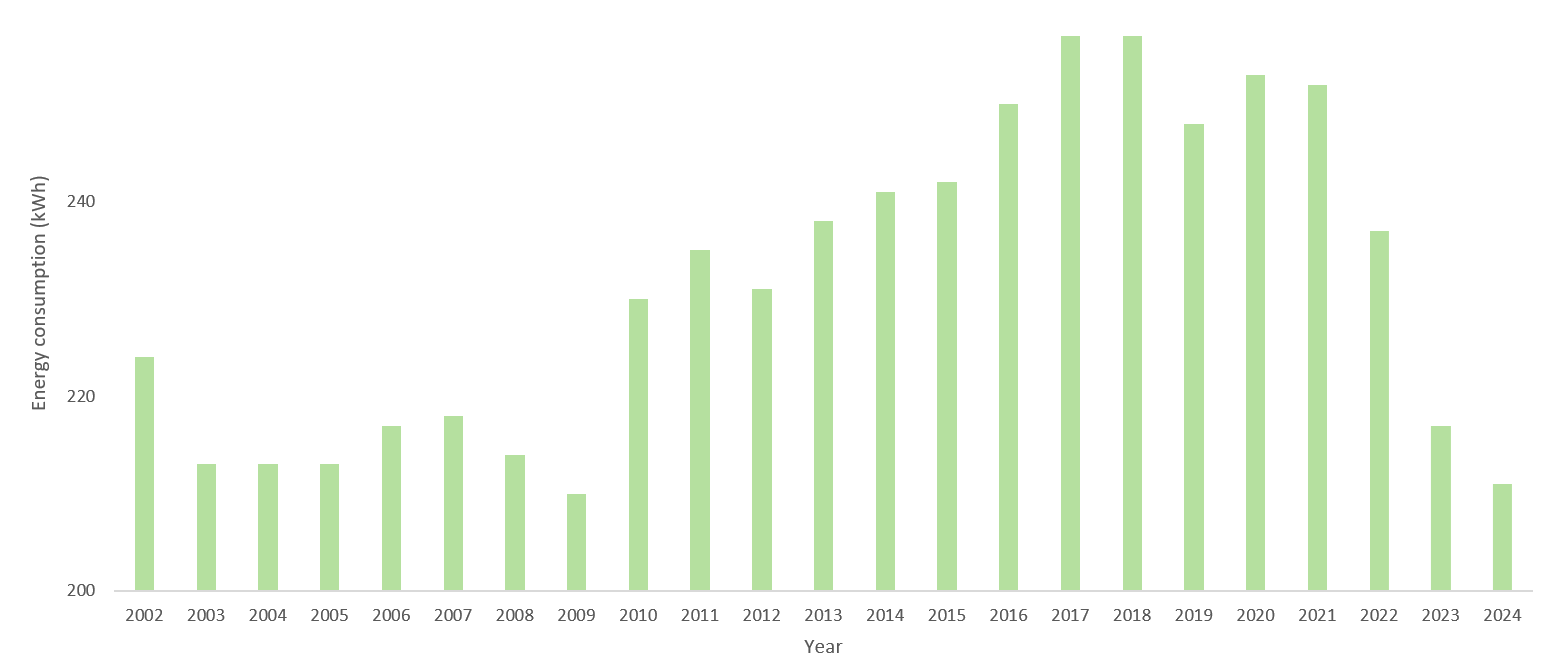
Yet, on the face of it, efficiency figures for heat-pump dryers don’t look like a success – energy consumption today looks about the same as it did in the 2000s. The difference though is that the capacity of the dryers we’re buying is getting bigger: they’re at an average of 7.3kg in 2024, up from 4.3kg in 2002. So, it’s the same energy usage for nearly double the drying.
Fridges
Your fridge is an oft-overlooked appliance that chugs away tirelessly in your kitchen. It’s also a steady mover in the march towards increasing appliance energy efficiency. Fridges’ average energy usage has halved over the last two decades, from 613kWh annually in 2002 to just 306kWh in 2024.
Any fridge or freezer you buy will be running 24/7, so it’s critical you take into account the energy usage of the fridges on offer when you go shopping. At the same time, you should also have a think about that old beer fridge in your garage. If it’s more than 20 years old, you’re locking yourself into high energy usage. It might be time to unplug or upgrade to a newer model.
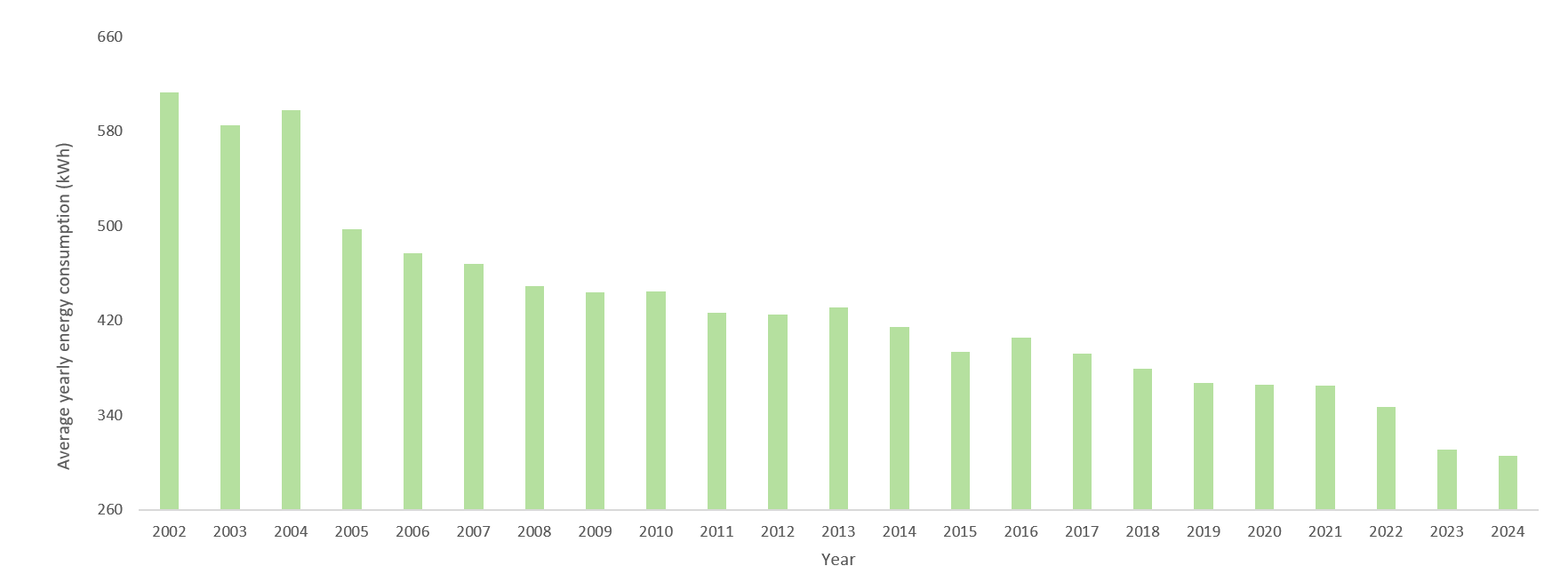

How to make your home energy efficient
We've got you covered with tips on choosing electric appliances, considering an electric vehicle, and even adding solar panels to your home.
Member comments
Get access to comment